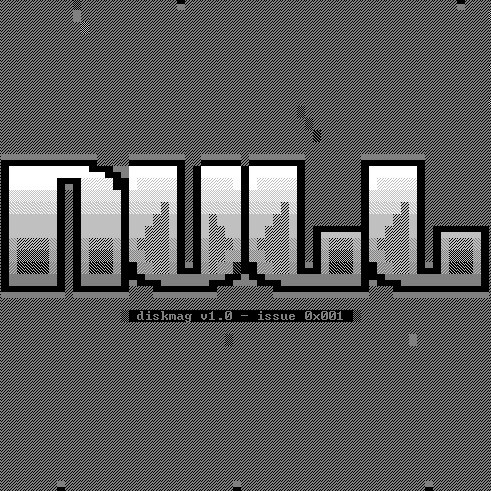Copy Link
Add to Bookmark
Report
ZAN How to REALLY use ANSI

###############################################################################
## ÄÍðZhit Axis Nation presentsðÍÄ W () W ##
## How to REALLY use ANSI \||/ ##
## Written by: Wise Intelligent IQ || ##
## Co-Written by: Sturge Killer _/ \_ ##
## Dated: 9/9/91 ##
###############################################################################
You've seen a lot of USEANSI.TXT files that tell you CRAP about
ANSI. Here is the best of the best!
----------------------------------------------- ANSI ESCAPE SEQUENCES ---------
This text file explains the ANSI ESCape secquences you use to control
the screen cursor position and reassign the function of any key on
the keyboard. An ANSI ESCape sequence is a series of characters,
beginning with an ESCape character, you can use to define functions
for MS-DOS or any ANSI supporting hardware (Sun Unix provides ANSI
compatible emulation through the DOSANSI.GCT protocol! TRY IT!)
Before you can use these ESCape sequences, you MUST load the
extended keyboard and screen driver into the system. To do this,
you include the following command in the configuration file
(CONFIG.SYS!) :
DEVICE=ANSI.SYS
For DESQview users, you can LOADHI this command easily!
The control sequences are issued using the DOS function calls of
1, 2, 6, and/or 9.
The following rules apply to the ESCape sequences:
1] The default value for the function is used when you specify
NO value, or a value of '0' (ZERO).
2] Decimal values, such as screen positions, are shown in the
following examples as the '#' character (POUND SIGN). You
replace the '#' with the appropriate decimal number. You
can omit the parameter to use the default value.
3] ESCape or ESC represents the escape code (ASCII#027, HEX #1BH)
4] You MUST enter these sequences exactly as shown. DO NOT add
SPACES or change the case (UPPER OR LOWER) of ANY part of the
sequence.
--------------------------------[ PAGE 1 ]------------------------------------
==========--------------[ CURSOR CONTROL: CHAPTER ONE ]--------------=========
Code Sequence (ESC)
--- Cursor Position ---
Esc[X;YH Moves the cursor to position line X, Column Y.
or The default value is ONE or '1'. If no number
Esc[X;Yf is specified for EITHER, the cursor will move
to position 1,1; the home position - WITHOUT
clearing the screen.
--- Cursor Up ---
Esc[#A Moves the cursor up # number of lines. When it
reaches LINE 1, it stops. The column stays the
same.
--- Cursor Down ---
Esc[#B Moves the cursor down # number of lines. When it
reaches the BOTTOM line, it stops. The column
stays the same.
--- Cursor Forward ---
Esc[#C Moves the cursor forward # columns, WITHOUT
changing lines. STOPS at the last column.
--- Cursor Backward ---
Esc[#D Moves the cursor backward # columns, WITHOUT
changing lines. STOPS at column 1.
--- Status Report ---
Esc[6n Undocumented feature. Use in ANSI detection
protocols. NOT supported by Sun Micro's
DOSANSI.GCT sorry! This runs the NEXT sequence
(Cursor Report Sequence).
--- Position Report ---
Esc[X;YR Undocumented feature. Can be called ALONE, or with
the above call (Status Report). Returns the X and
Y coordinates to the standard system input (screen
or console or file!).
-- Save Cursor Pos ---
Esc[S Saves the current cursor position. Can be called
back by next command.
--- Restore Cursor ---
Esc[U Restores old cursor position from what above
sequence did.
--------------------------------[ PAGE 2]-------------------------------------


























